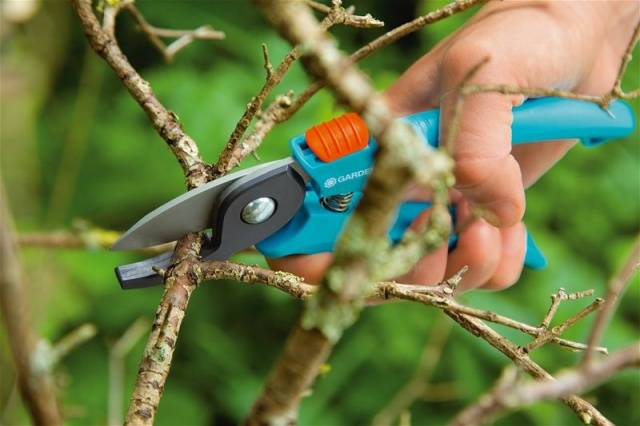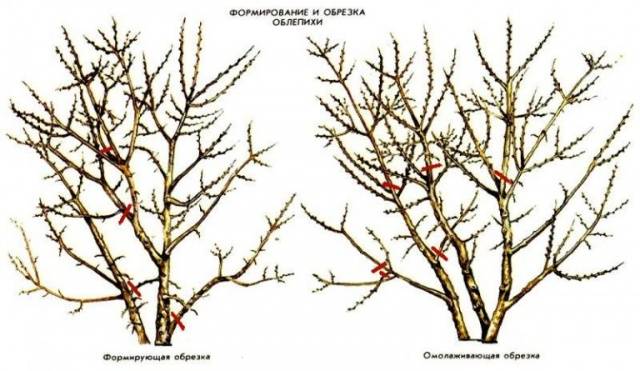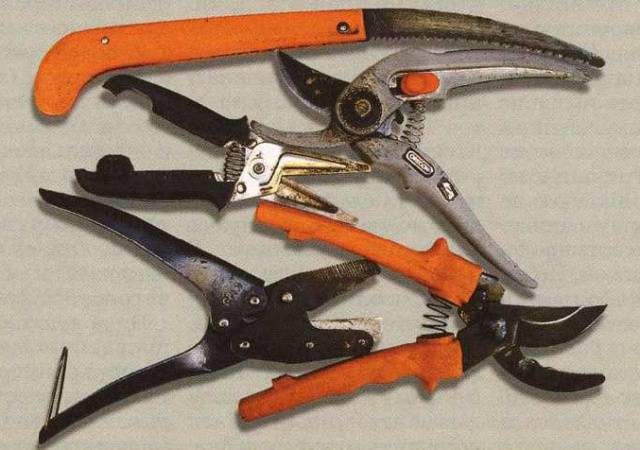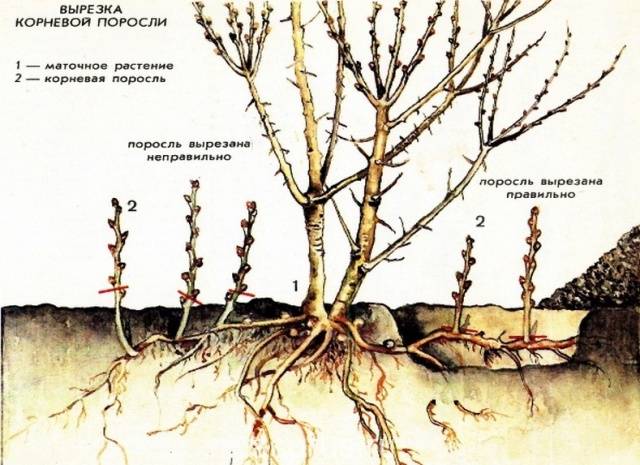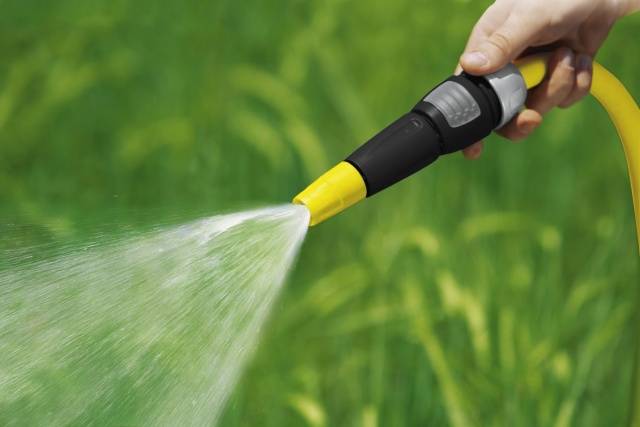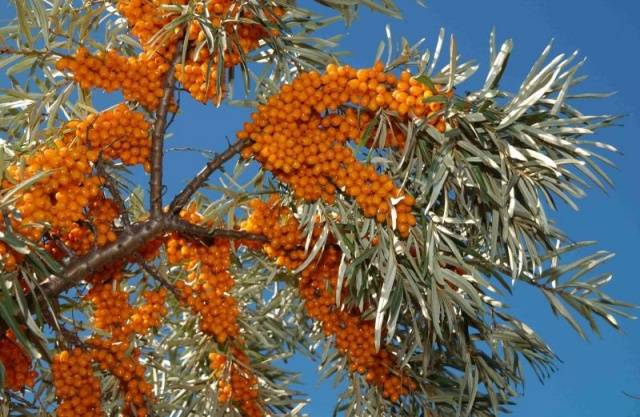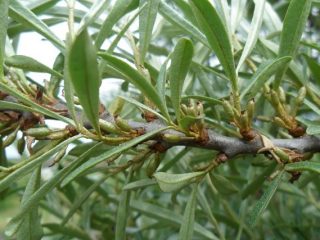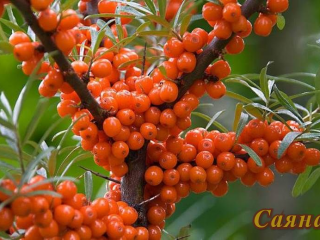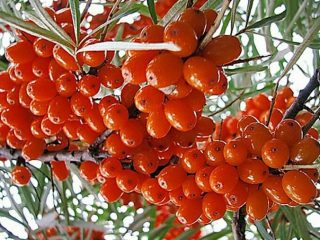Content
Pruning sea buckthorn is one of the necessary measures included in the complex of measures for caring for this shrub. This procedure allows you to significantly increase the yield of berries and form a beautiful crown shape. In addition, pruning can significantly reduce the risk of fungal infections of this shrub, as well as identify them at an early stage of development. This article tells you how to prune sea buckthorn in the spring step by step with photos, how to do autumn pruning and what is needed for this.
Goals and objectives of sea buckthorn pruning
Sea buckthorn is a low-growing perennial deciduous shrub. Pruning it is a procedure for removing part of the branches and shoots, which performs several functions and pursues the following goals:
- maintaining the health of the bush;
- disease prevention;
- giving the plant a beautiful appearance;
- increasing or maintaining yields;
- life extension.
Each of these tasks has its own type of pruning, which is carried out according to a certain pattern at the right time.This is discussed in more detail below.
Types of pruning
There are quite a few types of sea buckthorn pruning. They depend not only on the goals set, but also on the time of year and the age of the bush.
Target | Trimming type |
Formation of the sea buckthorn crown | Formative |
Pruning diseased, damaged, dry branches | Sanitary |
Stimulating the growth of young healthy shoots | Rejuvenating |
Restoring a neglected hive | Restorative |
Maintaining the crown in good condition, thinning, lightening | Regulatory |
Artificially limiting the number of berries to reduce the load on the bush and improve their quality | Normalizing |
When to prune sea buckthorn: in spring or autumn
Sea buckthorn reacts painfully to pruning, so the timing of this procedure must be approached responsibly. It is believed that it is correct to prune sea buckthorn in the spring, before the growing season begins. In the fall, only sanitary pruning is performed, removing broken, dry or disease-affected branches.
Despite this, many gardeners quite successfully prune later and even in the summer, explaining this by the fact that in the summer all the imperfections of the crown are better visible. Dried branches are much easier to see in summer than in early spring. There is no consensus on the timing of pruning sea buckthorn.
How to prune sea buckthorn in spring
The pruning scheme for sea buckthorn in spring depends on the age of the bush. This is discussed in more detail below. It is necessary to prune sea buckthorn in the spring before the sap begins to flow; at this time it is recommended to carry out sanitary pruning. This will rid the bush of dry and broken branches that died over the winter. At the same time, formative pruning is also done for young trees.
A sea buckthorn tree or shrub will need rejuvenating pruning when its age exceeds 6–7 years. During the rejuvenation process, from 1 to 3 large branches are removed, growing young shoots instead.
A diagram of how to prune sea buckthorn in spring is given in the figure below.
Timing for pruning sea buckthorn in autumn
In autumn, sea buckthorn can be pruned only for sanitary purposes. To do this, select a period of time when the plant has completely lost its leaves, but frost has not yet occurred. The scheme for pruning sea buckthorn in autumn is very simple. At this time, along with broken and dried branches, those with traces of fungal diseases should also be removed. It is very important to work carefully when pruning; all cuts and cuts must be made even and smooth.
Tools and materials
To perform pruning you will need garden pruning shears, a hand saw and a garden knife. If the tree is tall, you can use a lopper. Sea buckthorn wood is quite fragile, so the quality of the tool must be very high. Before cutting, all cutting surfaces must be treated with a solution of copper sulfate. This will prevent the development of fungal infections.
Sea buckthorn juice quickly thickens in air, enveloping the cut with a protective film. Therefore, garden pitch or other means need not be used. However, experienced gardeners still recommend doing this as an additional guarantee against infection. Many garden putties contain copper sulfate, which is a good disinfectant.
How to prune sea buckthorn correctly
An adult sea buckthorn tree can reach 5 m in height; this is not required in garden conditions. The optimal height of the bush will be at the level of a person’s raised hand. Female sea buckthorn plants are usually formed into bushes, while male ones form into low trees. If the plant is formed by one tree, one conductor and several skeletal branches are formed from the seedling. To form a trunk, the strongest shoot is left, the rest are removed.
After the formation of a sea buckthorn bush or tree, formative pruning will be reduced to cutting out incorrectly growing, thickening and unnecessary branches, as well as removing root shoots.
It must be cut out very carefully, digging up the soil to the point of growth and removing the shoot onto the ring.
Pruning sea buckthorn depending on the age of the trees
The first three years after planting, the plant itself is formed. During this period of time, only sanitary and formative pruning is done. After this period, the crown can be maintained in good condition using regulatory pruning. It does not allow the branches to become dense, and also promotes ventilation and good lighting of the inner space of the bush.
Starting from the age of seven, the sea buckthorn bush will need anti-aging pruning.If for some reason the tree is neglected, then it may require restoration.
Regulating pruning on sea buckthorn is usually not used. Even an abundantly fruiting shrub is not greatly depleted and can cope normally without artificial regulation of yield.
A link to a video for beginners about pruning sea buckthorn in spring is given below.
How to properly prune sea buckthorn after planting
After planting a sea buckthorn seedling in a permanent place, you need to decide how the future crop will be formed - a tree or a bush. Depending on this, the seedling will need to be carefully trimmed to a height of either 30 cm (if one trunk is formed) or 10–20 cm (if a bush). In the first case, the trunk will be the only conductor from which the skeletal branches of the tree will grow. In the second case, the plant will produce numerous basal shoots, from which an adult bush will subsequently be formed.
Pruning young sea buckthorn
In the second and third years after planting, the formation of sea buckthorn in the form of a tree or bush continues. At this stage, formative pruning is performed as follows:
If a bush is formed, then from the resulting root shoots it is necessary to leave 3-4 most developed shoots and remove the rest. To keep the crown compact, shoots are cut by 1/3 in years 2 and 3.
In sea buckthorn, which forms according to a tree-like pattern, in the second year the conductor is pinched, 4–5 buds are left under it, and all the underlying ones are blinded. In the third year, all shoots are cut to the same level.All root growth is completely removed.
A video about pruning young sea buckthorn in spring can be viewed at the link below.
Pruning old sea buckthorn in spring
For sea buckthorn trees and bushes 7 years old and older, it is recommended to carry out anti-aging pruning. This procedure aims to gradually replace branches that have reduced yield with younger shoots.
A powerful side shoot is usually chosen as a substitute, to which the growth of the tree can be transferred. Sometimes tops - vertically growing shoots - are used for this purpose. In this case, its position is corrected using twine, which is attached with one end to a bracket driven into the ground, and with the other it holds the top shoot in a horizontal position.
In some cases, it is necessary to do a complete anti-aging pruning. It consists of removing the bush or trunk completely and growing it again on the old root. This procedure can be carried out if the above-ground part of the plant was severely damaged in winter, but its roots remained alive. In this case, the entire formation cycle is repeated from scratch.
Caring for sea buckthorn after pruning
After pruning, fresh sections should be cleaned with a garden knife until smooth and treated with a solution of copper sulfate. Then they can be covered with garden varnish based on beeswax or oil paint on drying oil. In addition, you can use natural-based garden putties, such as BlagoSad, Robin Green and others.
Sea buckthorn is a rather unpretentious plant, so no special measures are taken after pruning.Care involves regular watering, but only in case of insufficient precipitation. This culture tolerates both a lack of moisture and its excess equally poorly.
Great care must be taken when weeding and loosening the tree trunk circle. Sea buckthorn has a large number of superficial roots, which are very easy to damage with garden tools. They lie at a depth of 5–25 cm, so loosening is only superficial. Damage to the roots can lead to serious problems, including the death of the plant.
Spring pruning of sea buckthorn coincides with preventive spraying against diseases and pests. Therefore, these events are usually carried out in combination.
Conclusion
Pruning sea buckthorn is a serious and difficult, but necessary procedure. However, the gardener's efforts will not be in vain. A beautifully formed tall spreading bush, covered with bright orange ripe berries, can become a real decoration of a personal plot and the pride of its owner. It is not for nothing that many people use sea buckthorn trees and shrubs as ornamental plants.
But do not forget that this is also a berry crop with tasty and healing fruits. And the pruning procedure has a positive effect on both the quantity of the crop and its quality.
